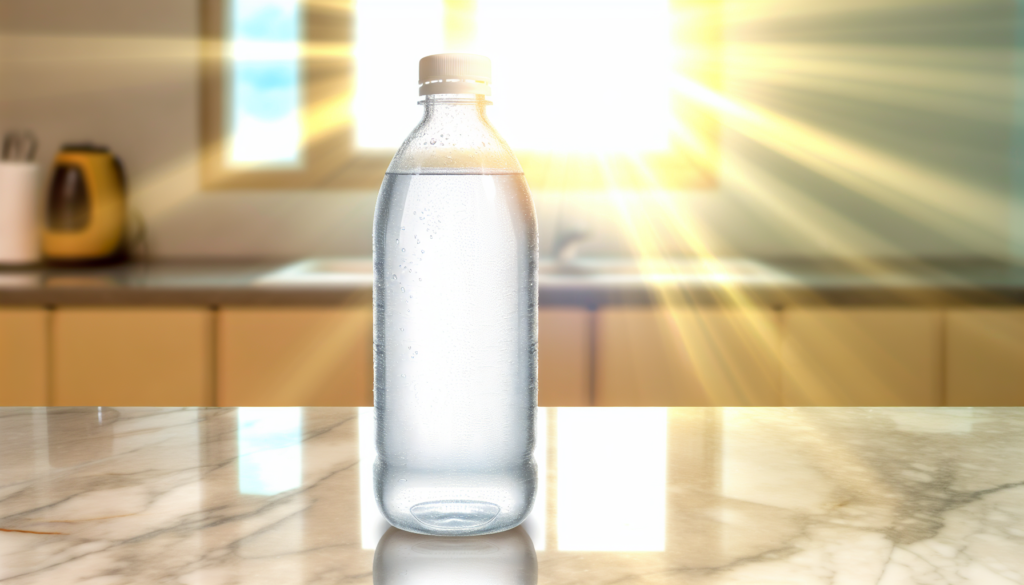Nothing’s more frustrating than dealing with oily, acne-prone skin that just won’t cooperate. One moment, your face feels fresh and clean; the next, it’s as if your T-zone has declared war on your makeup. If that sounds familiar, you’re not alone. Managing excess oil and breakouts takes patience, the right products, and a solid skincare routine tailored to your skin’s needs. Let’s break it down step by step so you can keep your skin looking its best—without feeling like a constant battle.
Stick to a Consistent, Gentle Cleansing Routine
You might think that washing your face multiple times a day will help get rid of excess oil, but that’s actually a trap. Overwashing strips your skin of its natural oils, prompting it to produce even more oil to compensate. Instead, stick to cleansing your skin twice daily—once in the morning and once before bed.
Look for a gentle, oil-free cleanser with salicylic acid or glycolic acid. These ingredients help dissolve excess oil, clear clogged pores, and keep breakouts in check. If you wear makeup, consider double cleansing at night with a cleansing balm or micellar water before using your regular face wash. This ensures you’re getting rid of every trace of dirt and oil without being harsh on your skin.
Moisturizer is Non-Negotiable
Yes, even oily skin needs moisturizer! Skipping this step can actually make your skin produce more oil, trying to compensate for the lack of hydration. The secret? Choosing a lightweight, oil-free, and non-comedogenic moisturizer that hydrates your skin without clogging your pores.
Gel-based and water-based moisturizers are excellent for oily and acne-prone skin. Ingredients like hyaluronic acid and glycerin provide hydration without making your skin greasy. If you’re dealing with irritated or inflamed breakouts, look for soothing ingredients like niacinamide or green tea extract.
Exfoliate Smartly (Not Aggressively)
Exfoliation is crucial for keeping pores clean and preventing dead skin buildup, but going overboard can strip your skin and make breakouts worse. Stick to exfoliating two to three times a week using either a chemical exfoliant (like salicylic acid or lactic acid) or a very mild physical exfoliant.
Chemical exfoliants are often a game-changer for acne-prone skin because they go deep into the pores without causing microtears like harsh scrubs can. BHA (beta hydroxy acid) like salicylic acid is particularly effective at unclogging pores and reducing inflammation.
Don’t Skip Sunscreen—Seriously!
If you think sunscreen will make your skin oilier, think again. Skipping SPF is one of the biggest mistakes people with acne-prone skin make. UV exposure can worsen hyperpigmentation from acne scars and make your skin produce more oil.
Look for a lightweight, mattifying, non-comedogenic sunscreen with at least SPF 30. Gel-based or mineral sunscreens (with zinc oxide or titanium dioxide) tend to be less greasy and won’t clog pores like heavy creams. Many sunscreens now also include oil-controlling ingredients to help keep shine at bay throughout the day.
Keep Your Hands Off Your Face
Touching your face throughout the day is a fast track to transferring bacteria, oil, and dirt onto your skin. It’s an easy habit to overlook, but it can make a huge difference in preventing unnecessary breakouts. If you absolutely must touch your face, wash your hands first.
Also, be mindful of how often you clean items that regularly come into contact with your skin, such as:
- Your phone screen (which collects oil and bacteria like crazy)
- Pillowcases (change these at least twice a week)
- Makeup brushes and sponges (wash them at least once a week)
These small adjustments can make a noticeable impact on your skin’s overall clarity.
Choose Your Makeup Wisely
Heavy foundations and pore-clogging powders can worsen acne, so go for breathable, non-comedogenic makeup whenever possible. Many brands now offer oil-free formulas designed specifically for acne-prone skin that provide coverage without suffocating your pores.
Consider using mineral-based foundations or BB creams with acne-fighting ingredients. If you wear makeup daily, make sure to properly remove it before bedtime—no exceptions!
Incorporate a Clay Mask for Oil Control
Adding a clay mask to your routine once or twice a week can help absorb excess oil and deep-clean your pores. Bentonite clay and kaolin clay are both excellent at reducing shine and preventing future breakouts.
For an extra acne-fighting boost, look for masks containing sulfur, tea tree oil, or niacinamide. And remember, don’t leave clay masks on for too long; once they dry completely, they can start stripping too much moisture from your skin.
Watch What You Eat (It Might Matter More Than You Think)
While your diet isn’t the sole cause of acne, certain foods can trigger breakouts. Dairy, sugary snacks, and refined carbs have been linked to increased oil production in some people. Keeping a food journal may help you identify if any foods are making your skin flare up.
Consider adding more antioxidant-rich, anti-inflammatory foods to your diet, such as:
- Leafy greens (like spinach and kale)
- Fatty fish (rich in omega-3s, great for reducing inflammation)
- Berries (packed with skin-loving antioxidants)
Hydration is just as important—drinking enough water helps flush out toxins and keeps your skin looking fresh.
When to See a Dermatologist
If your acne is persistent, painful, or leaving scars, it might be time to see a dermatologist. Over-the-counter products work for many, but sometimes prescription treatments like retinoids, antibiotics, or hormonal therapy (for those with hormonal acne) are necessary.
A dermatologist can also offer treatments like chemical peels or laser therapy if your skin needs extra help. There’s no shame in getting professional advice—sometimes, your skin just needs a little more expert care.
Final Thoughts
Managing oily and acne-prone skin is all about balance—you don’t want to strip your skin, but you also don’t want to leave excess oil unchecked. With the right routine, gentle care, and a bit of trial and error, you can find what works best for you. Stick with it, be patient, and remember—you’re not alone in this. Healthy, happy skin is just a few good habits away.



